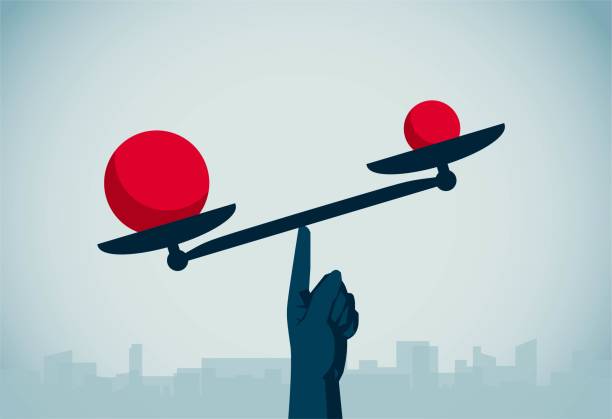Your Quick But Effective Guide For Navigating Pricing During Economic Downturns

During record-high inflation and a looming economic downturn, many companies look to dramatic price cuts to keep customers and save margins. While this strategy can work in the short term, its long-term implications are disadvantageous.
Here’s a TLDR article you can quickly skim to understand how best to optimize pricing strategy in economic times such as these. We’ll share 5 strategies to help navigate this economic environment.
- Dramatic Discounts Are Temporary Only
Economic downturns mean some of your customers will experience more challenging times. Companies should use drastic price cuts sparingly, and one instance of its use may be to lower prices to support struggling customers.
These significant discounts should be temporary and for long-term customers only. It serves to reaffirm their trust and appreciation in you as a business. Hopefully, your client will then refer you to other, less price-sensitive customers; they themselves should remain a loyal customer, even after the temporary discounts.
Use this strategy sparingly and only for your longest-term customers.
- Avoid Broad Price Decreases
Slashing prices across the board may seem like the correct response to an economic downturn. While this may help you keep some business, the long-term impact this has on your business is significant.
Significant price decreases are associated with cheap products and services. Cutting prices considerably can alter your brand image from a quality company to a budget, low-quality option that’s desperate – not a good look.
When the economy eventually turns around, those large price cuts you made will linger in people’s minds and can hurt your business long after. Avoid these major slashes and find alternatives.
- Special (And Separate) Discounted Offerings
To avoid the negative impact of cheap goods on your overall brand image, consider offering a budget-friendly tier for those impacted by the economic downturn.
Making these discounted offerings separate from your usual products keeps your brand image intact. You’ll appear sensitive to people’s needs while maintaining your company’s overall appearance of high-quality goods and services.
Ensure the discounted products you choose to put out fit your overall brand image.
While the profit margins of these products will be lower, they can be a strategic way to capture new customers and increase sales in an otherwise challenging economic climate.
- Reevaluate Overall Pricing Structure
Reevaluation of pricing strategy tends to happen infrequently when the economy is strong. Conversely, companies must regularly evaluate their pricing structures during economic downturns and respond quickly to changes.
Here are some ways your company can overhaul its pricing structure to remain profitable during recessions:
- Segmentation pricing (different tiers – e.g. economy, standard, premium)
- Minimizing churn by honoring loyal customers and rewarding referrals
- Continuing to build brand image
- Plugging even the most minor revenue leaks
- Reevaluating discounts and ensuring they’re offered on data and not gut feelings
- Using dynamic pricing software
Making these changes to your overall pricing structure can help maintain your company’s margins while avoiding broad price cuts. If you can find a way to be in that sweet spot, that’s your company’s best chance of coming out stronger after the recession.
- Hire Pricing Experts
Pricing is an incredibly complex field requiring trained experts just like marketing, sales, or IT. Hiring pricing experts may be right for you if you’re struggling to optimize your pricing and navigate this downturn.
But where do you start, especially when resources are strapped thin? Jennings Executive has over two decades of combined experience matching the best pricing leaders with companies like yours. We’d love to help you find that perfect fit. Learn more today!
Recommended For You

The Hidden Burnout Risk In Pricing Roles
Pricing burnout is real: high conflict, low control—fix it with authority and systems.

Talent Benchmarking for Pricing Roles
Align pricing role scope, title & comp with real market benchmarks before hiring.

The Pricing Analyst's Toolkit
The essential pricing analyst toolkit—and what truly drives impact in the role.

Why Your Pricing Team Can't Be All Strategy Or All Execution
Pricing teams break when strategy and execution are out of balance—here’s how to fix it.

The Pricing Career Ladder - From Analyst To VP and Beyond
Inside the pricing career ladder: what drives growth from analyst to VP

What Makes A Great Pricing Leader
Great pricing leaders connect strategy to execution, influence without authority, and drive value.


